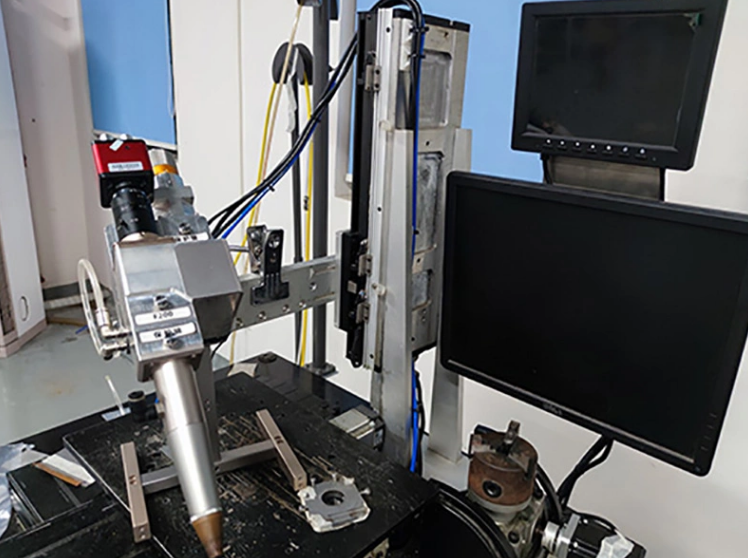
Wavelength modulation, in the case of laser heads, usually refers to the intentional change of the laser’s output wavelength over time. This modulation can have different applications in different fields, including spectroscopy, telecommunications and sensing.
Spectral analysis:
In spectroscopy, modulating the wavelength of a laser can be used to obtain more information about a sample. In absorption spectroscopy, for example, changing the wavelength allows researchers to identify specific absorption lines that correspond to different molecular or atomic transitions.
Tunable laser:
Some lasers are designed to be tunable, meaning their output wavelength can be adjusted within a certain range. This tunability can be achieved through various mechanisms, such as changing the temperature or pressure of the laser medium, or using external components such as acousto-optic or electro-optic modulators.
Sensing and Metrology:
Wavelength modulation is commonly used in sensing applications where changes in the environment can be detected based on changes in laser wavelength. This is used in areas such as environmental monitoring, industrial process control and medical diagnostics.
comminicate:
In optical communication systems, wavelength modulation can be used to encode signals or optimize transmission efficiency within a specific wavelength range. This is particularly important in wavelength division multiplexing (WDM) systems.
Noise reduction:
Wavelength modulation can sometimes be used to reduce noise in laser systems. By modulating the laser output at a known frequency, the desired signal can be distinguished from background noise.
Frequency Modulated Continuous Wave (FMCW) LiDAR
In lidar systems, which use lasers for ranging and mapping, frequency modulation of the laser signal (FMCW lidar) is a common technique. It helps in obtaining accurate distance measurements by analyzing the frequency shift of reflected light.
Absorption spectroscopy technology:
Techniques such as wavelength modulated spectroscopy (WMS) are used for sensitive measurements of absorption properties. This involves modulating the wavelength of the laser and analyzing the resulting modulated absorption signal to improve detection sensitivity.
Atomic and Molecular Physics:
In experiments involving atoms or molecules, researchers can adjust laser wavelengths to excite or probe specific energy levels, facilitating detailed studies of quantum states.
Specific techniques and applications for laser wavelength modulation can vary depending on the context and requirements of the specific system or experiment.
